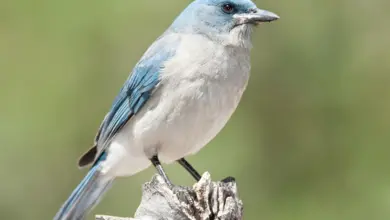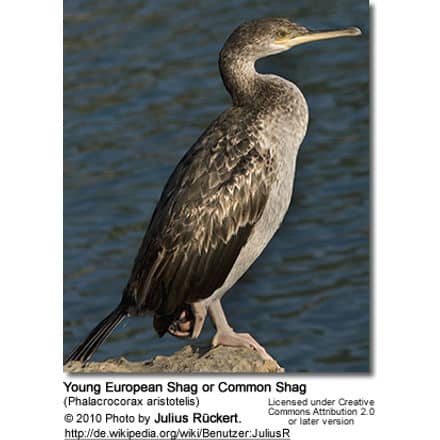Pallid Cuckoos
The Pallid Cuckooas (Cuculus pallidus) is a widely distributed cuckoo that is found throughout Australia, Christmas Island, Indonesia, New Zealand, and Papua New Guinea. Its natural habitats include open forests and woodland areas, as well as cleared and cultivated open country.
Description
The Pallic Cuckoo is a large and slender cuckoo with mostly grey plumage – darker on the wings and back. It has a broadly barred black and white undertail. The bill is brown, the legs and feet are grey-brown. The Pallic Cuckoo has a bright yellow ring around the eye.
Immature birds are mottled with brown and buff above, with a white spot on the nape. The underside is streaked with grey-brown and white.
In flight, it has a somewhat hawk-like appearance.
It is often confused with the similar sized Oriental Cuckoo, C. saturatus, which has conspicuous black and white barring on the lower breast and belly and is generally darker in plumage.

Breeding
The Pallid Cuckoo lays its eggs in the nests of other birds, specifically Hooded Robins (Melanodryas cuculatta), Willie Wagtail Rhipidura leucophrys, as well as various honeyeaters, woodswallows, whistlers and flycatchers.
The hen removes one of the host eggs and replaces it with one of her own. The cuckoo egg usually closely resembles the host egg. The unsuspecting host hatches it along with her own. The cuckoo chick usually hatches earlier than the young of the host and the cuckoo chick instinctively pushed the other eggs or chicks out of the nest. The cuckoo chick rapidly outgrows the foster parents, who frantically forage for food to feed the demanding young cuckoo.
Diet / Feeding
The primary diet of the Pallid Cuckoo includes hairy caterpillars, as well as other insects and their larvae.





